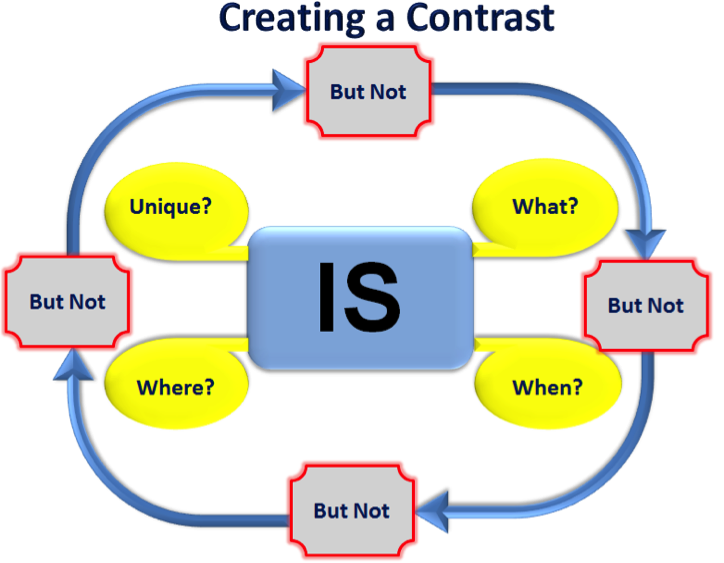(Blog 4 of 5)
 Any Fool can know. The point is to understand.
Any Fool can know. The point is to understand.
- Albert Einstein
 The above Einstein quote is one of my favourites, partly because it is more relevant today than it has been at any other time in history. “Any Fool can know” - and if they don’t already know a quick search in Google using a selection of key words will soon give them the answer - For Example the information relating to the sinking of the Titanic over 100 years ago
The above Einstein quote is one of my favourites, partly because it is more relevant today than it has been at any other time in history. “Any Fool can know” - and if they don’t already know a quick search in Google using a selection of key words will soon give them the answer - For Example the information relating to the sinking of the Titanic over 100 years ago
- Question - Which passenger ship sunk by iceberg? - The Titanic
A more difficult question to pose and if you are looking for the more important pieces of information!
- Question - “Why did the Titanic sink?”
There are lots of theories, some relating to the build, some to the speed and lack of manoeuvrability and some to Captains Smith’s incorrect reading of the situation. Today most historians would go along with the premise that is a combination of factors and no one element that can be blamed on this disaster. It has taken almost 100 years and millions of dollars of spend to come to this conclusion - This is not how we need to deal with today’s incidents!
Today technology is moving at such a pace that few of the answers are to be found by looking backwards and seldom is a single solution going to provide the underlying reason (True Root Cause). We need to be a lot more disciplined in our approach to the situation and it is no longer a case of any one person addressing and solving the issue; it is a combination of inputs from Subject Matter Experts (SME’s) who through discussion and consensus are able to arrive at the correct solution.
At Thinking Dimensions Global we have been working in the Problem Solving and Decision Making field for almost 20 years. During this period we have refined our approach and processes to get to grips with incidents and problems and determine the root cause. CauseWise is made up of 4 major steps that enable us to initially, gather information (Divergent Thinking) and then subsequently (Convergent Thinking) filter out the irrelevant elements.

When these elements within the CauseWise process are followed and applied with the correct questioning techniques and adhering to the template layout, an understanding of the situation becomes a lot more evident. An important part of the overall process that we touched on briefly is the ability of the team to arrive at consensus at each stage of their journey.
This is the point at which the facilitator's role cannot be over sold. The facilitator is critical in bringing the SMEs together and ensuring agreement at each step before they proceed. It is critical that every participant “buys in” on the decisions and agrees to take it forward, it is important that any dissension is dealt with and discussed before moving forward. This can unfortunately slow down the process but it is important that every voice is heard.
By recording the information in a set format with agreed templates we are less likely to miss a “hidden” piece of information. The simple graphic below on Creating a Contrast acts as an “aide memoire” to ask the right questions of the right people.

We start from the centre and work outwards, bearing in mind we want to get clear, concise and accurate answers - so it is best to keep the questions clear, concise and accurate
- What is the problem we are experiencing?
- When the problem we are experiencing first noticed?
- Where was the location of the problem we are experiencing?
- What is Unique about the problem we are experiencing?
Once we have recorded and agreed the answers we would go to the second stage to obtain answers that are going to help in establishing contrasts for the fault. The questions would have the same structure but contain the “but not” qualifier, so the question would read:
- What other objects could have the same fault but do not?
- When else could the problem have been experienced but was not?
- Where else could the problem be experienced but is not?
- What else could have been unique in this situation but was not?
It is often the case when we are facing a problem situation that a part solution is often offered in the early stages of analysing the information; do not discount the information. Record the information as part of the analysis and allow the process and the SME’s to do their job and evaluate each in its turn.
Try not to make the error of only asking senior people to give inputs to clarify the situation or isolate a fault. We need to talk to the people “closest” to the incident situation to form an accurate snapshot of what has occurred.
This step has 2 distinct objectives; the one is to determine the most probable cause on paper and then go through the “verification” exercise to finally identify the technical reason why the fault occurred.
In the final blog in this series we will examine how we can best understand and address the Customer Needs while keeping our organisation on track in terms of Continuous Service Improvement.




